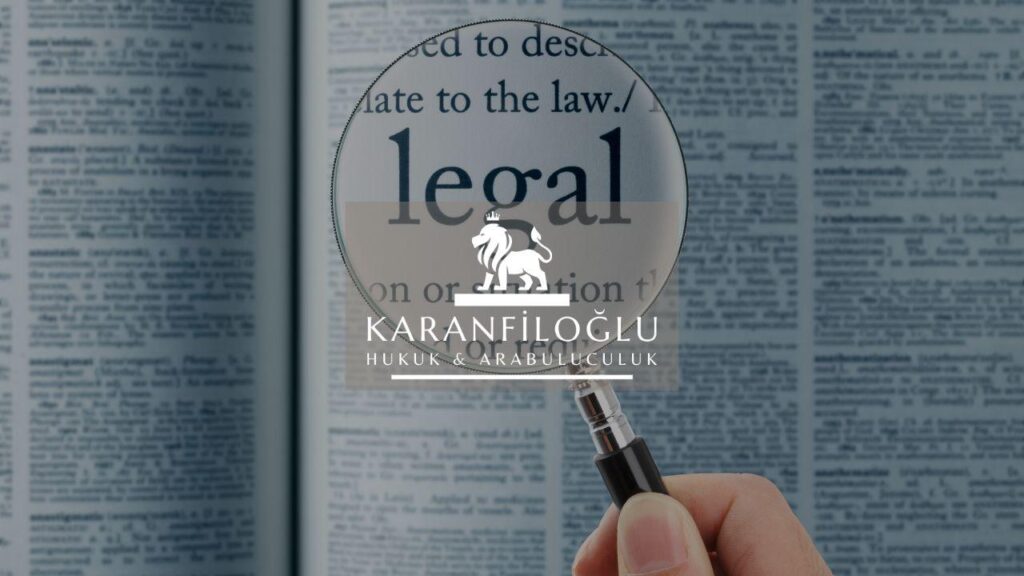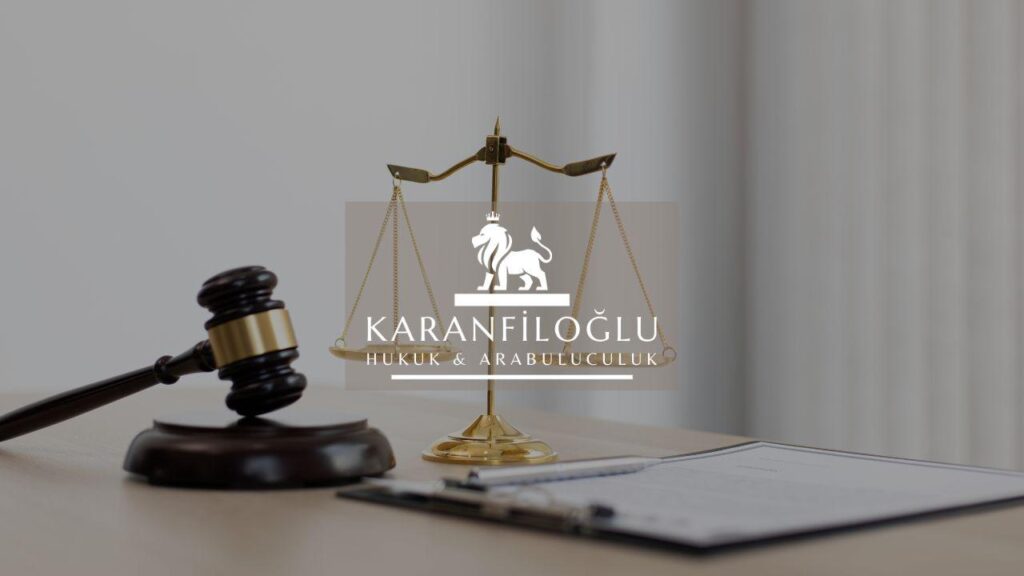Navigating the intricate world of lease agreements can sometimes feel like deciphering a complicated puzzle. Yet, understanding your rights and obligations is crucial for both tenants and landlords. Lease agreement rights serve as a foundational guide, ensuring a fair relationship between the parties involved. As a tenant, knowing your obligations—such as paying rent on time and maintaining the property—is essential to abide by the rental contract basics. Conversely, landlord responsibilities, like ensuring the property meets legal safety standards, cannot be overlooked. Legal lease terms often hide in the fine print but hold significant power over the duration of the agreement. By grasping these elements, you ensure a smoother rental experience. Delving into the core of these agreements can protect you from hidden surprises and unnecessary disputes. In this realm, being informed is not just an advantage—it’s your best defense. Are you ready to unlock the intricacies hidden in your lease agreement?
Understanding Tenant Rights: A Comprehensive Guide
Understanding tenant rights isn’t just about reading the fine print; it’s like having a map while navigating a labyrinth. Should disputes arise, knowing these rights feels akin to holding an ace up your sleeve. Many tenants often miss crucial details, but being aware of your tenant obligations can act as both shield and sword. For instance, under the rental contract basics, a tenant has the right to a habitable living space and protection from unfair eviction. These legal lease terms ensure that landlords cannot bypass fundamental landlord responsibilities. By grasping these rights fully, tenants not only equip themselves against potential pitfalls but also foster a harmonious relationship with landlords, enhancing the overall rental experience. With lease agreement rights etched firmly in mind, tenants pave the way for a balanced and fair rental tenure. Remember, being informed transforms potential challenges into mere stepping stones on the rental pathway.
Tenant obligations go hand-in-hand with the perks that lease agreement rights bring. Paying rent on time rings as loud as the first bell of responsibility. Miss this, and you’re facing more than just a landlord’s frown—potential legal troubles loom. Uphold maintenance as a vigilant soldier; it’s about preserving a comfortable home. Yet, it’s not merely charity, but a necessity under legal lease terms ensuring safety and harmony. Stick to rental contract basics like abiding by agreed terms and respecting property rules. Landlords, too, bear weighty responsibilities: meeting safety standards and respecting privacy laws. These landlord responsibilities form the bedrock on which a serene tenancy flourishes. In this game of give-and-take, mutual respect lights the way forward. Understanding these obligations and knowing your rights isn’t a luxury but a shield, sheltering you through the stormy seas of rental living. Let’s unravel the tapestry of tenant harmony, thread by thread.
When diving into tenant rights, envision yourself donning a detective’s hat, scrutinizing every page for those hidden legal lease terms. Think of it as assembling a toolkit for defense and negotiation, where understanding rental contract basics becomes paramount. Consider how tenant obligations balance this framework, ensuring you not only meet expectations but also fortify your position. For instance, beyond the vital right to a safe environment, tenants enjoy safeguards against unauthorized landlord entry—fundamental landlord responsibilities to respect privacy. These rights and obligations are the dance steps where mutual respect becomes the rhythm of rental life. They empower you to question, challenge, and even negotiate when needed. So, unearth these lease agreement rights, and use them as your compass. In the realm of rentals, knowledge isn’t just power—it’s your peace of mind, mapping the journey for a harmonious and informed tenancy.
Navigating Landlord Responsibilities: Key Insights
Landlords play a pivotal role in maintaining a fair and safe leasing environment. Their primary responsibilities include upholding legal standards for the property—ensuring it’s not just livable but complies with all safety regulations. If a legal lease term gets overlooked, the repercussions could be costly, both financially and reputationally. It’s akin to steering a ship, where neglecting routine checks can lead to unwanted storms. Moreover, landlord responsibilities encompass providing timely repairs and essential services. This obligation creates a secure and comfortable haven for tenants, allowing them to fulfill their roles in the rental contract basics comfortably. By proactively addressing issues, landlords not only foster a positive relationship but also reduce unnecessary tensions. Whether you’re a seasoned property owner or new to the game, understanding and adhering to these responsibilities is essential. After all, with clear responsibilities come fewer disputes and greater peace of mind for everyone involved.
Understanding the full scope of landlord responsibilities is crucial for fostering trust and transparency. At the center of rental contract basics lies the obligation to keep the property in top-notch condition. Performing regular inspections and addressing tenant complaints efficiently not only upholds lease agreement rights but also fortifies a landlord’s reputation. When tenants see their concerns taken seriously, it cultivates a harmonious and businesslike relationship. From addressing minor repairs to substantial upgrades, each task underlines the commitment to tenant obligations and legal lease terms alike. Squaring away maintenance issues promptly can be likened to nipping problems in the bud—preventing them from blooming into larger conflicts. By embracing this proactive stance, landlords not only safeguard their investment but also enrich the tenant experience. Ultimately, attentive management is the bedrock of sound property stewardship.
Navigating landlord responsibilities efficiently can feel like balancing on a tightrope. Key insights into rental contract basics guide landlords in meeting tenant obligations while ensuring legal compliance. Addressing landlord responsibilities promptly is more than ticking boxes; it’s building trust brick by brick. Effective communication can bridge gaps often found in lease agreement rights. Responding to requests, no matter how small, can turn potential conflicts into opportunities for rapport-building. This proactive engagement, essential for honoring legal lease terms, becomes the cornerstone of a well-maintained property. Navigating these responsibilities isn’t a sprint; it’s a marathon demanding consistent attention and commitment. Yet, the rewards—a secure, respectful environment for tenants and peace of mind for landlords—make the effort worthwhile. By systematically tackling each duty, landlords can transform the complexities of lease management into a well-oiled machine, ready to provide stability and satisfaction both parties crave.
Common Lease Agreement Pitfalls: Legal Obligations Explained
A common pitfall in lease agreements lies in a misunderstanding of legal obligations—both tenant obligations and landlord responsibilities. Tenants, for instance, might unknowingly violate rental contract basics by failing to report necessary repairs. Such omissions can lead to disputes and, in some cases, legal action. Similarly, landlords often overlook the vital duty of adhering to legal lease terms, exposing themselves to unwanted litigation. The lease agreement rights outlined in the document are not merely suggestions but are enforceable expectations. Misinterpretations or negligence can lead to an array of complications that disrupt a harmonious leasing relationship. To avoid these traps, addressing the terms with clarity and precision is paramount. After all, isn’t it better to dot the i’s and cross the t’s beforehand than to wrestle with legal complexities later? By understanding and fulfilling these legal obligations, both tenants and landlords can pave the way for a peaceful tenancy.
For starters, understanding tenant obligations and landlord responsibilities is like having a road map for a smooth journey. Miss a turn, and you might find yourself in a legal maze. A frequent mistake? Tenants not fully grasping their duty to report significant repairs, which can spiral into bigger issues if left unchecked. And landlords? Oversight of legal lease terms can lead them down a costly legal path. These rental contract basics aren’t meant to be skimmed over; they set the stage for a harmonious living agreement. Ignoring lease agreement rights can be akin to ignoring flashing warning lights on a dashboard—easy, but they signal trouble ahead. Proactively addressing these can prevent the unexpected detours of disputes and foster a peaceful landlord-tenant relationship. Isn’t it wise to learn the rules of the road before setting off on your rental journey?
Even seasoned renters and landlords can fall into the trap of misreading or misjudging a lease agreement. Underestimating legal lease terms can morph a simple misunderstanding into a fierce storm of conflict. A tenant might believe they have the freedom to decorate extensively, only to find out they’ve breached critical tenant obligations. On the flip side, a landlord might not realize that ignoring routine maintenance breaches their landlord responsibilities, resulting in fines or loss of tenants. These rental contract basics are the backbone of lease agreement rights, safeguarding both parties. Avoiding these pitfalls isn’t just about staying clear of trouble—it’s about establishing trust and clarity from the get-go. After all, a stitch in time saves nine, and understanding these elements from the start can prevent costly repairs to the leasing relationship down the road. It’s a dance of responsibility, where stepping in time can ensure harmony.
Disclaimer: This article is for general informational purposes only and you are strongly advised to consult a legal professional to evaluate your personal situation. No liability is accepted that may arise from the use of the information in this article.







